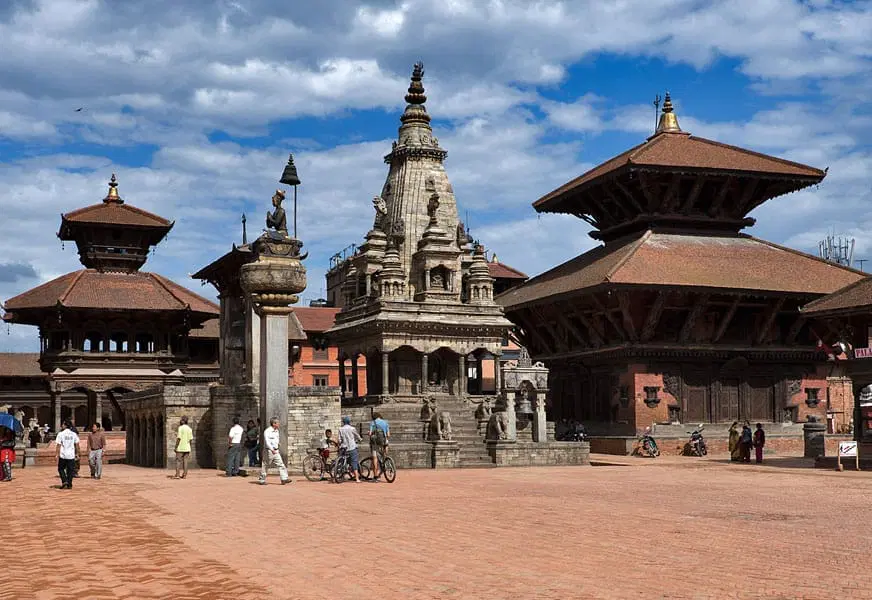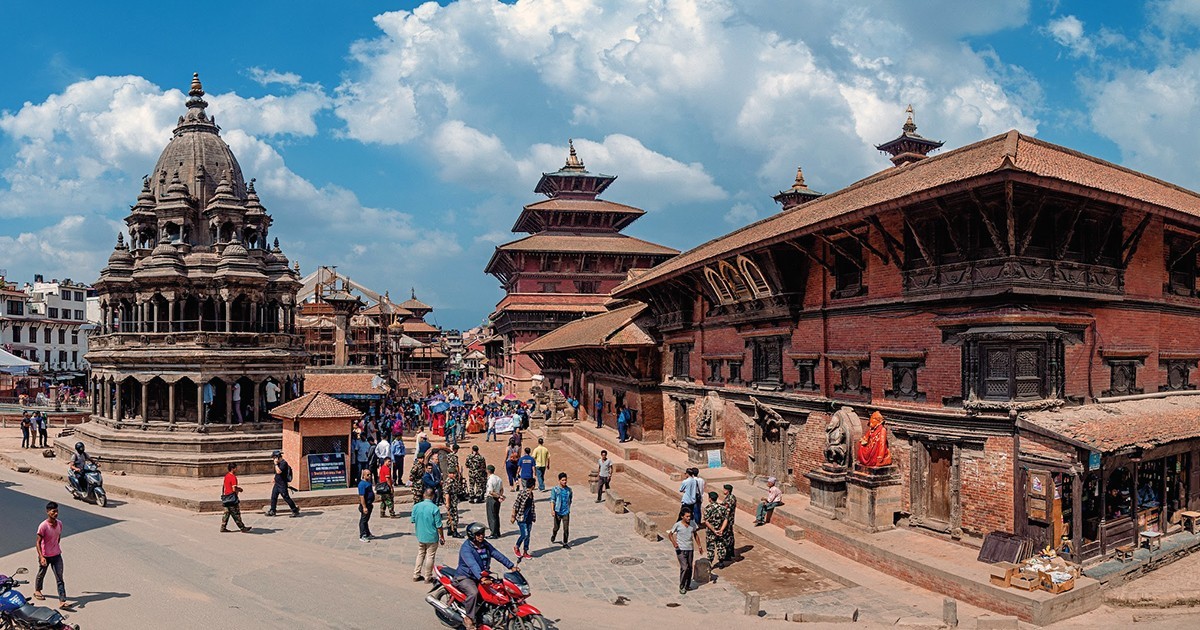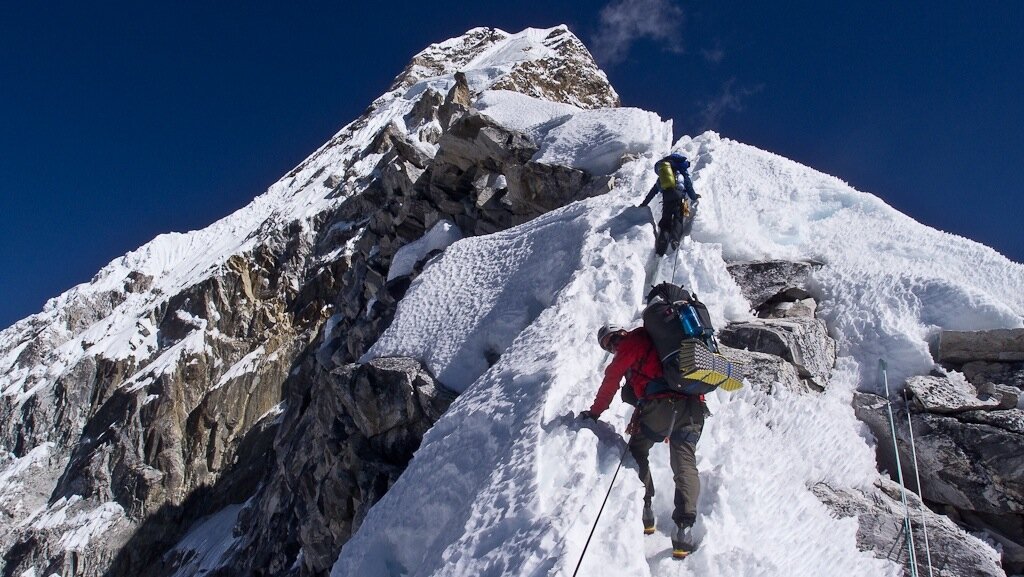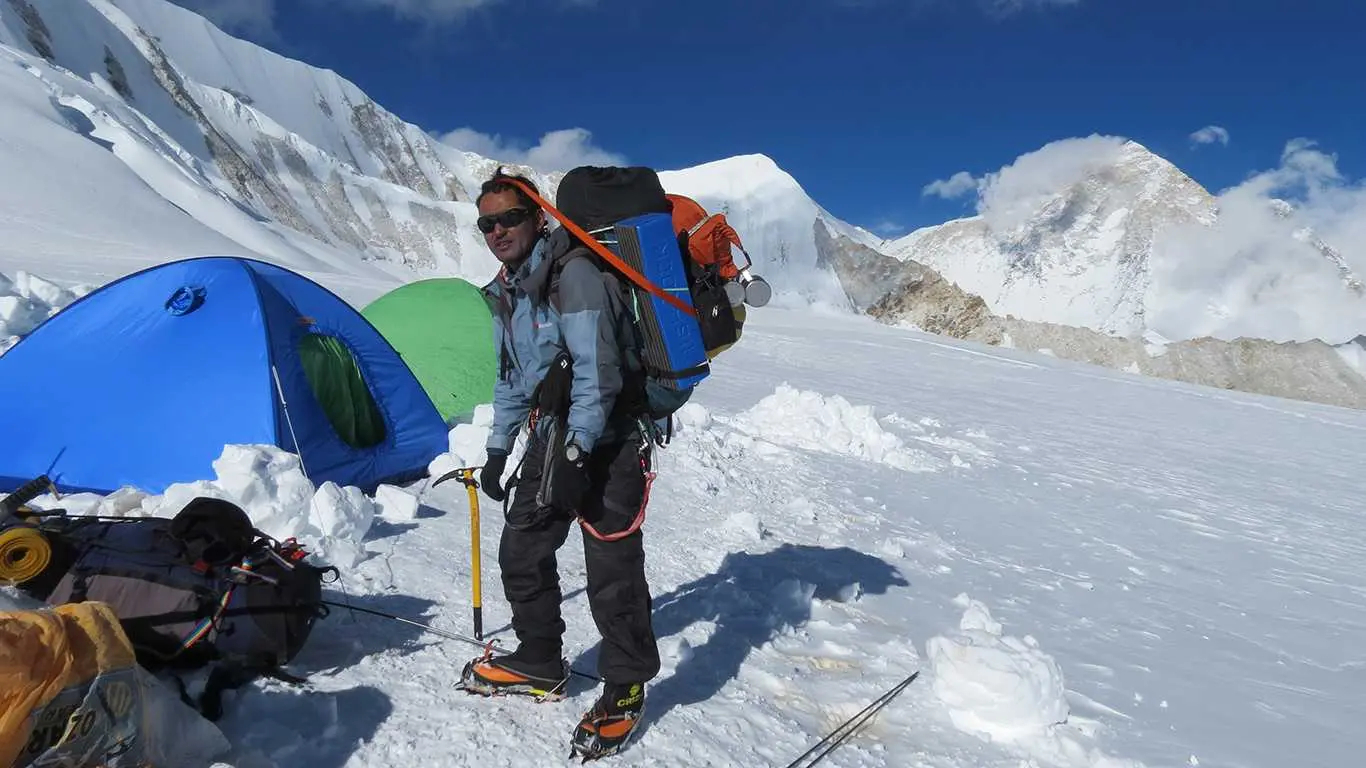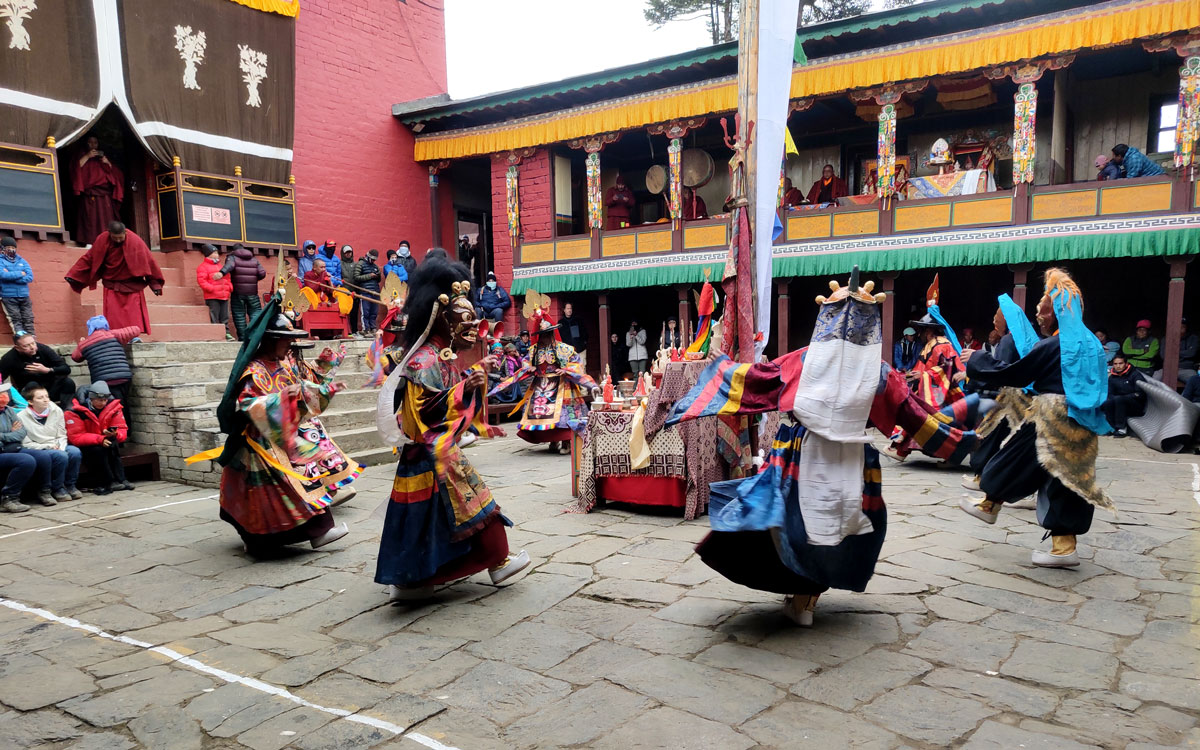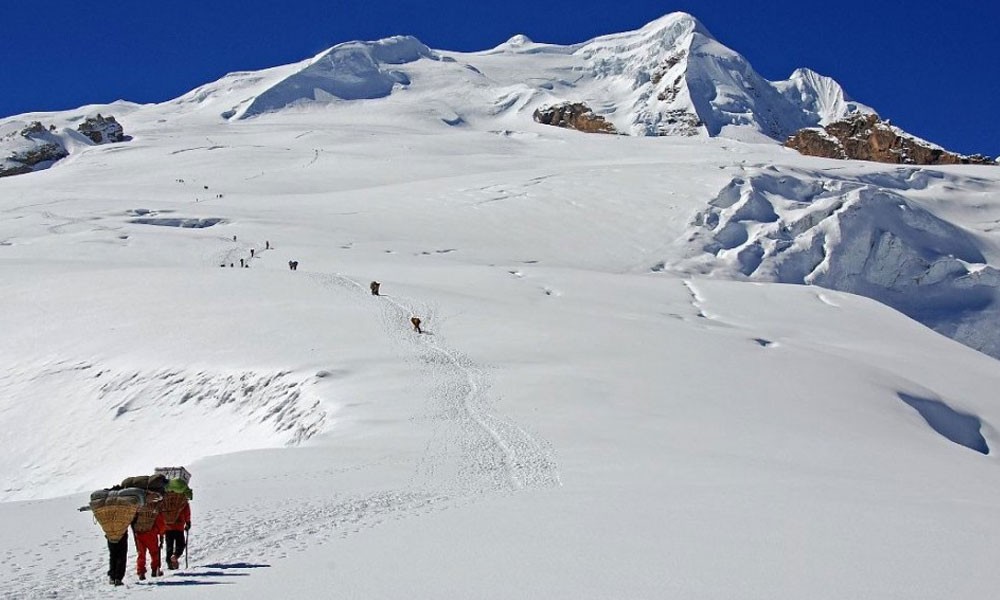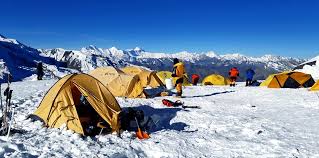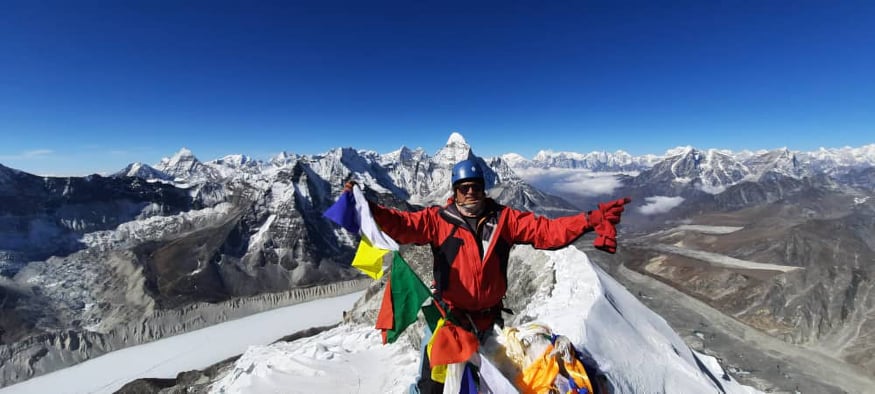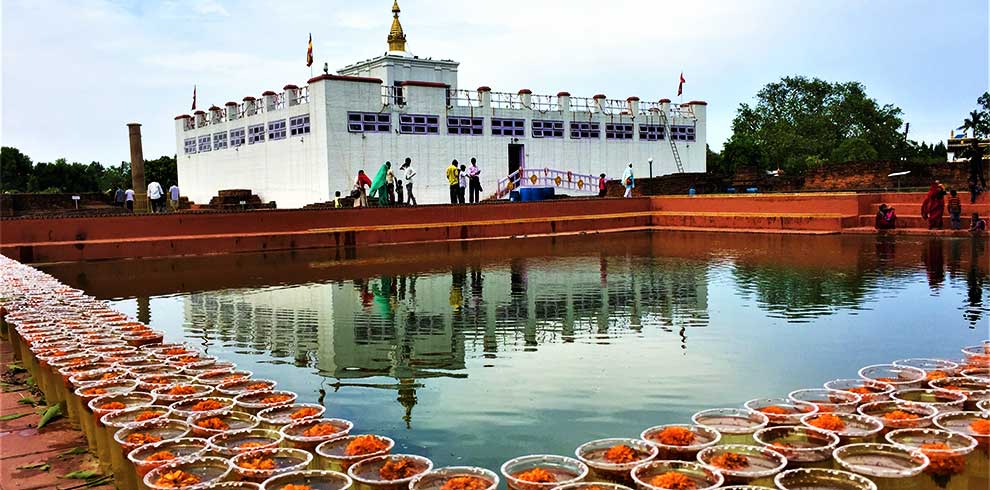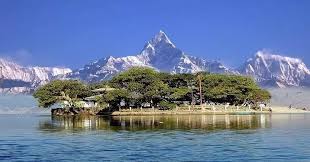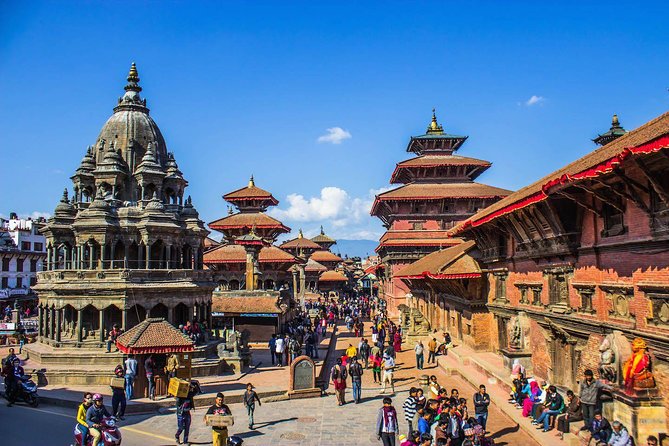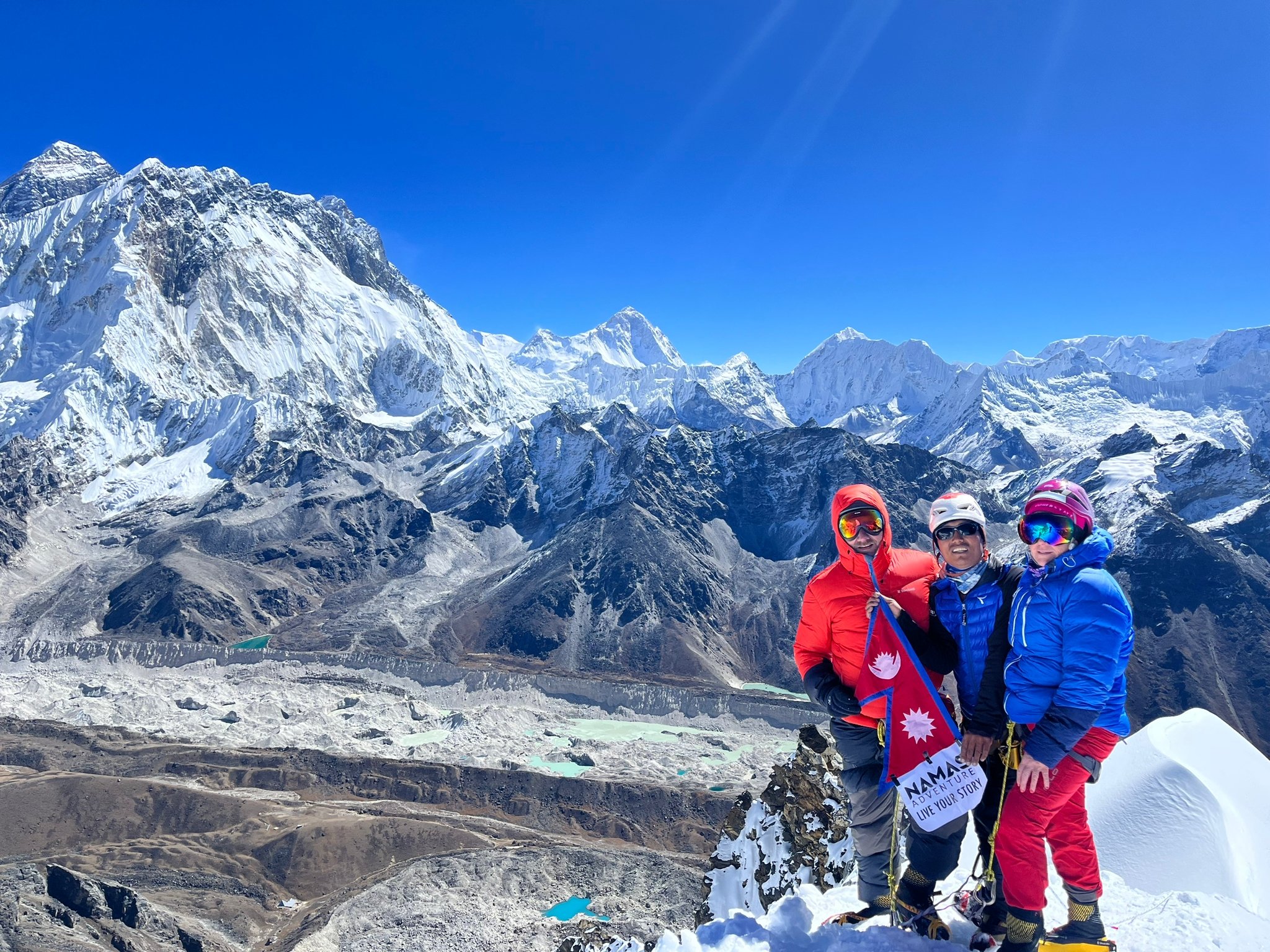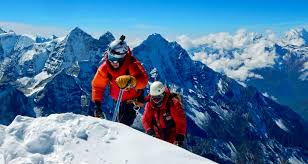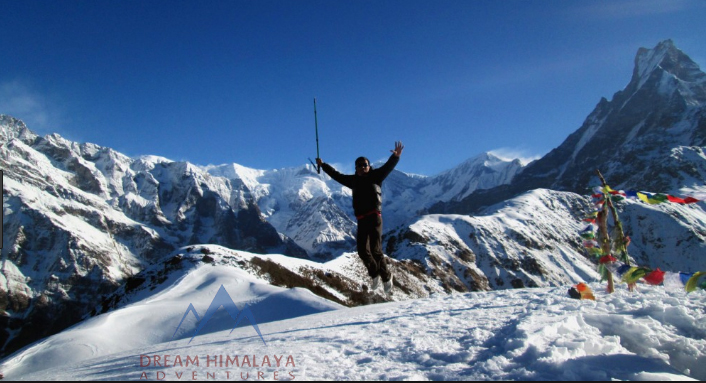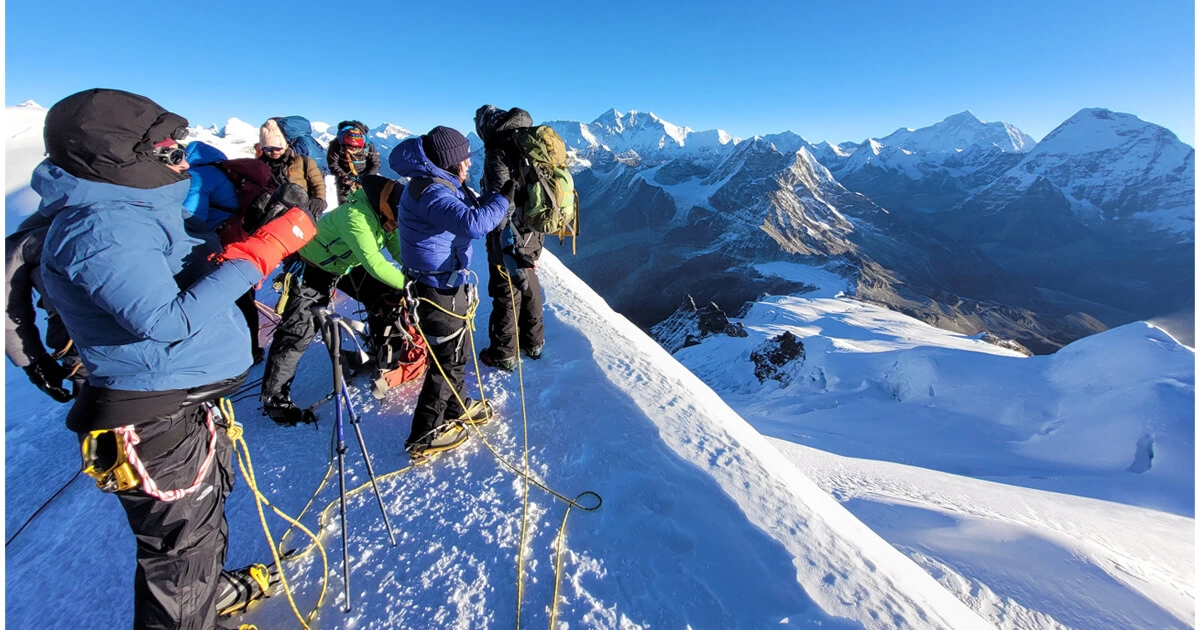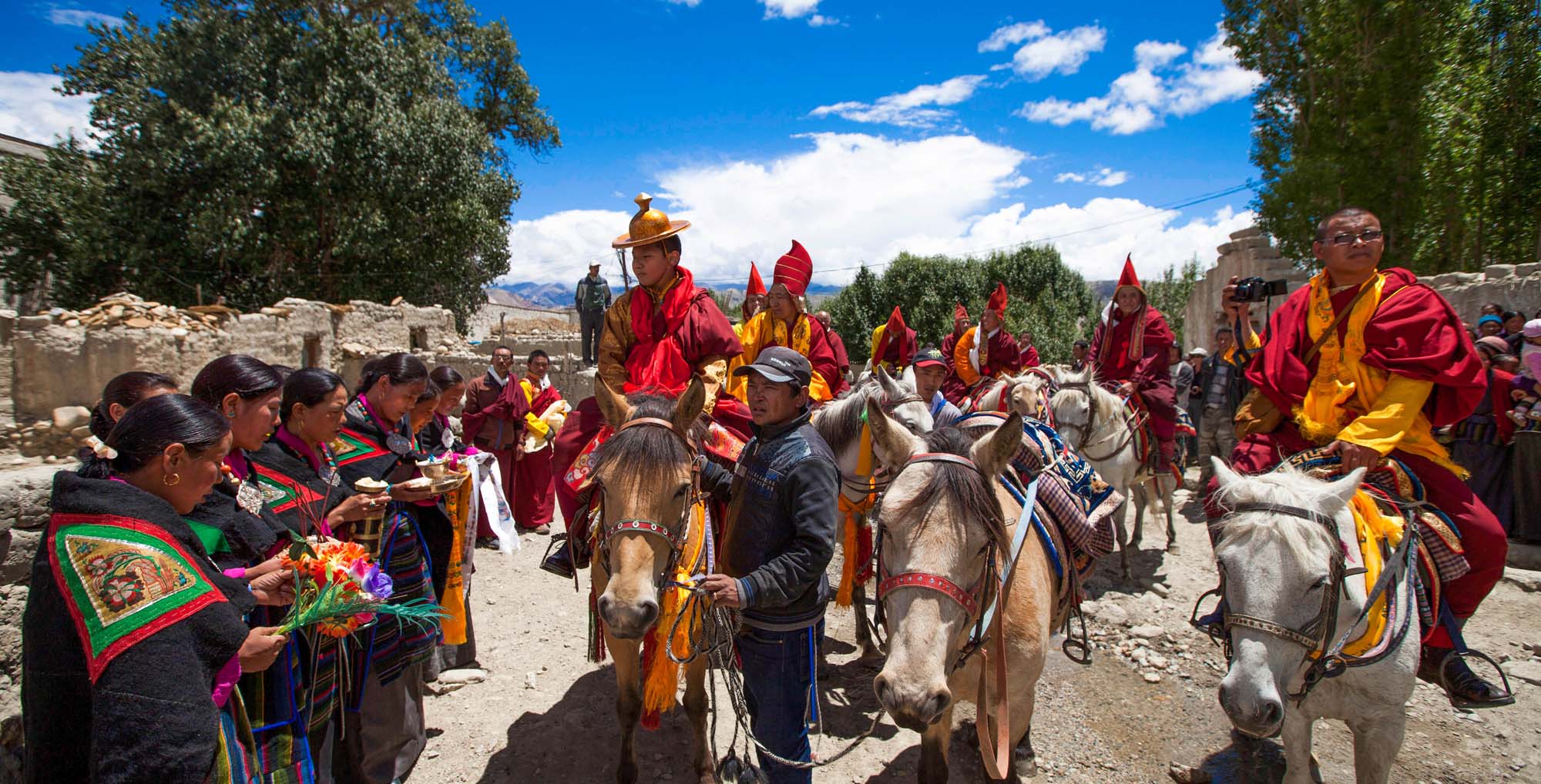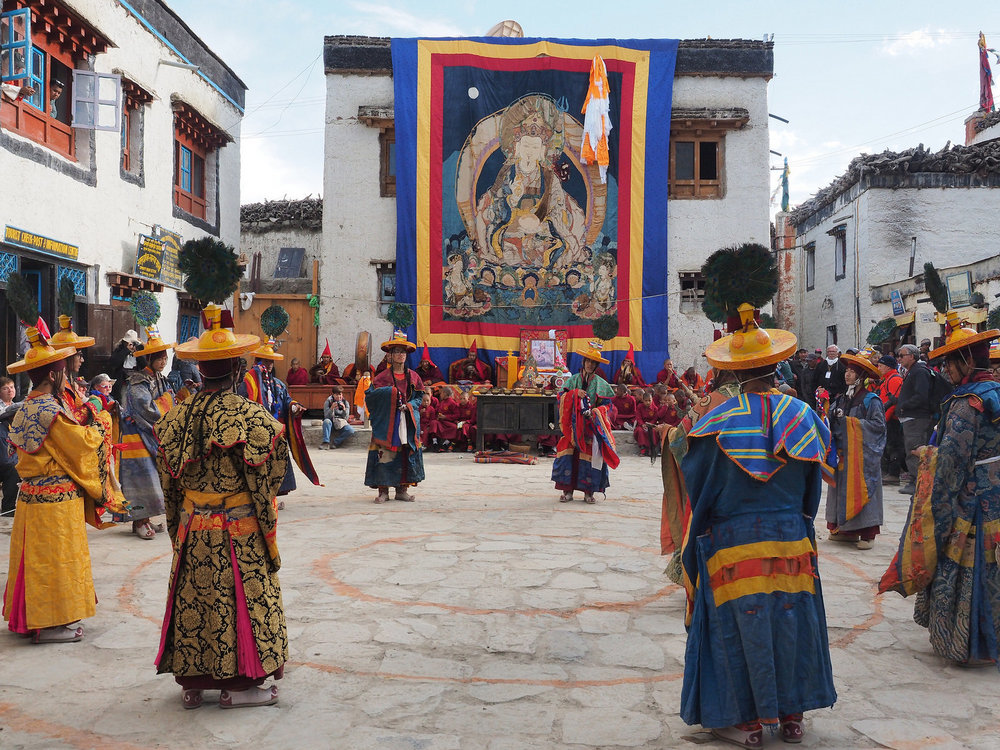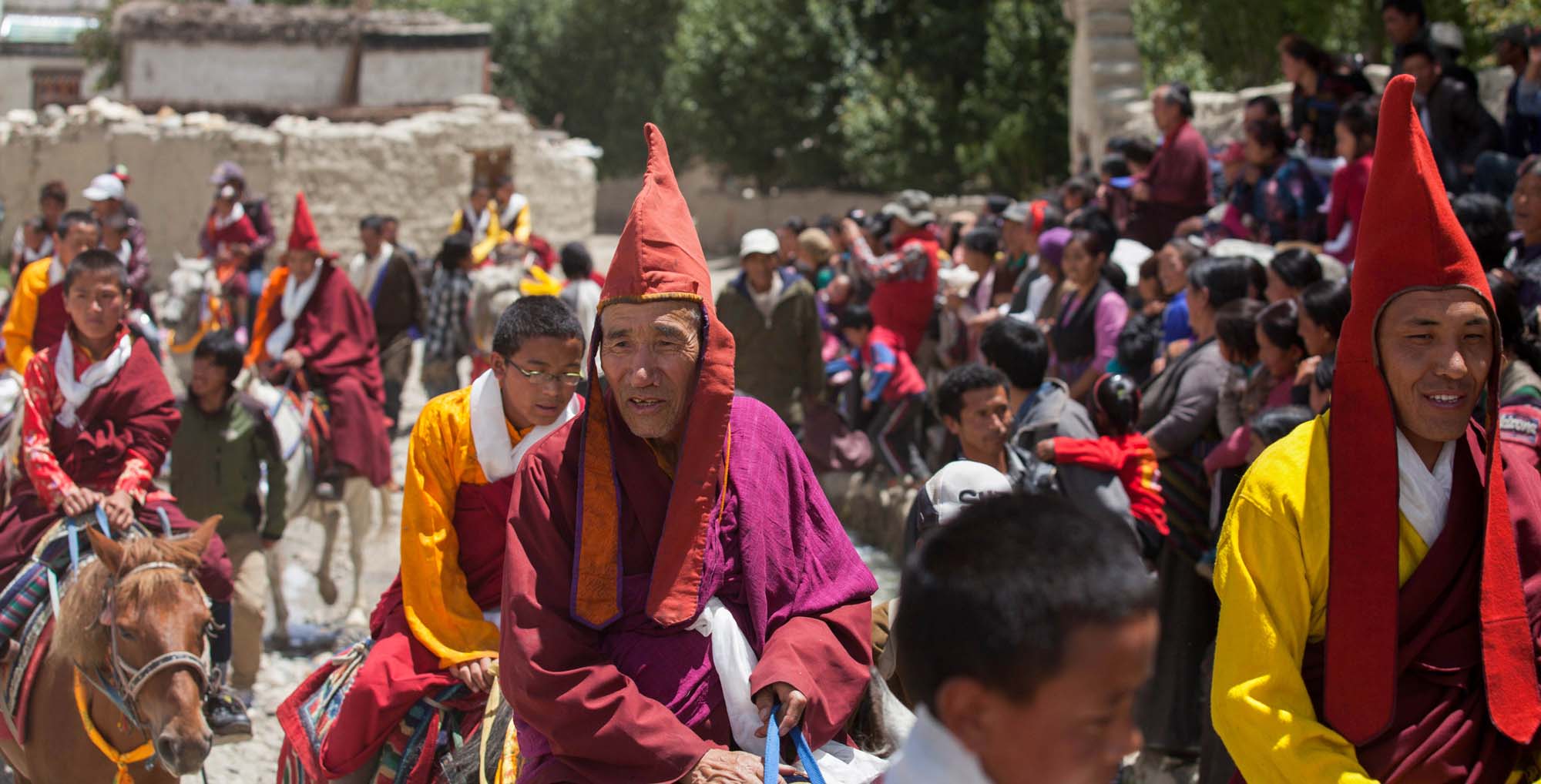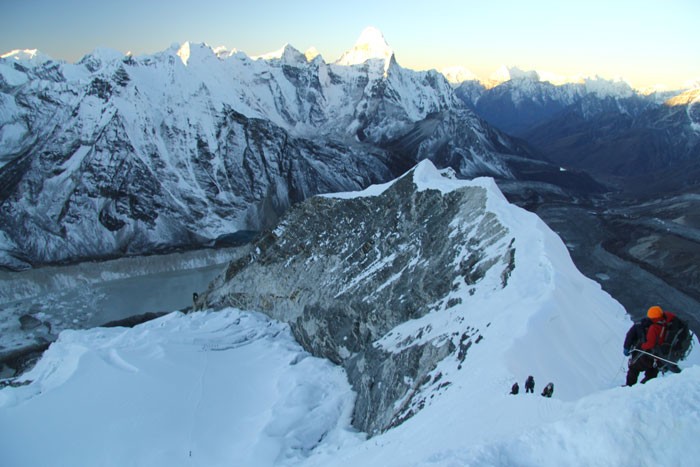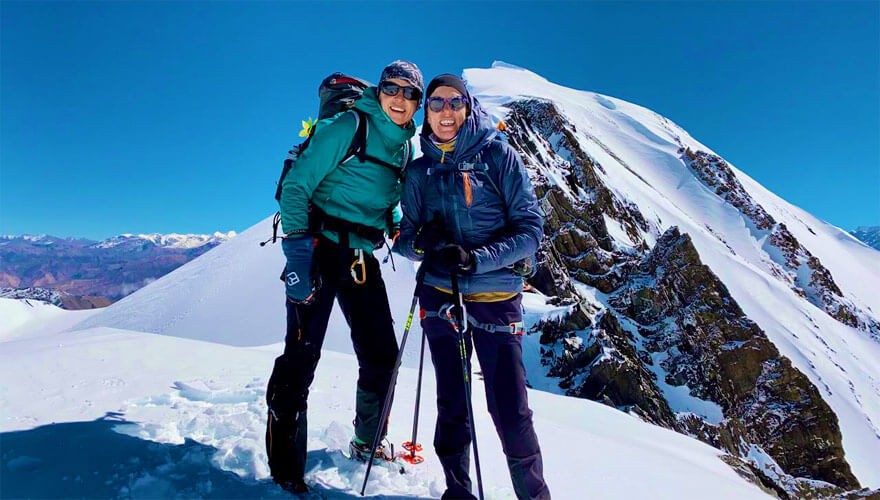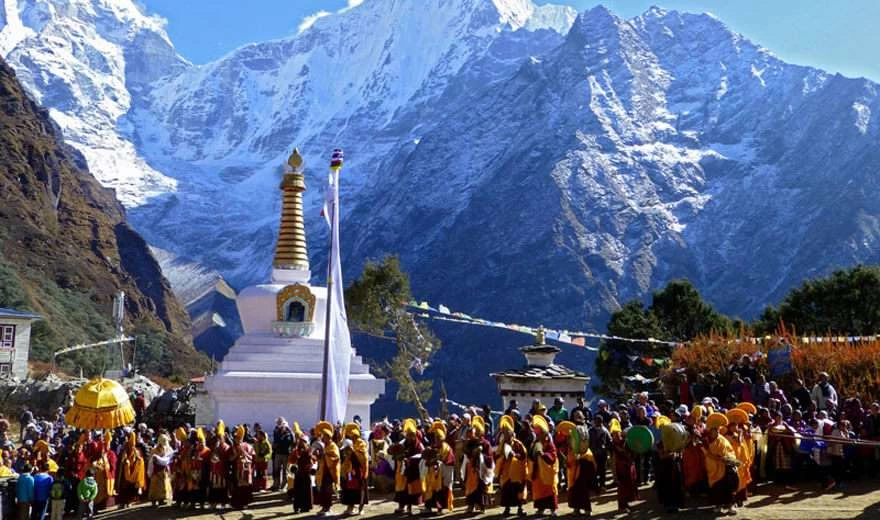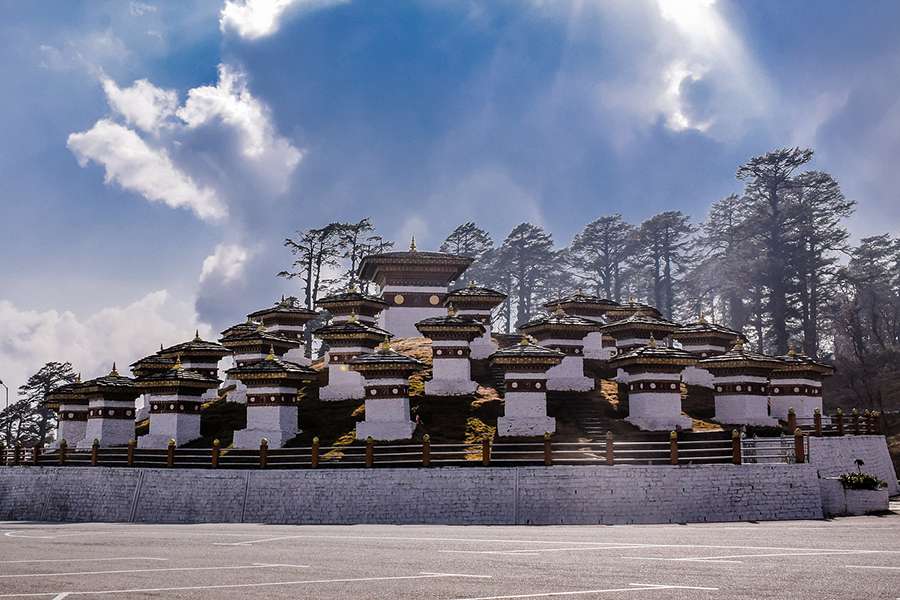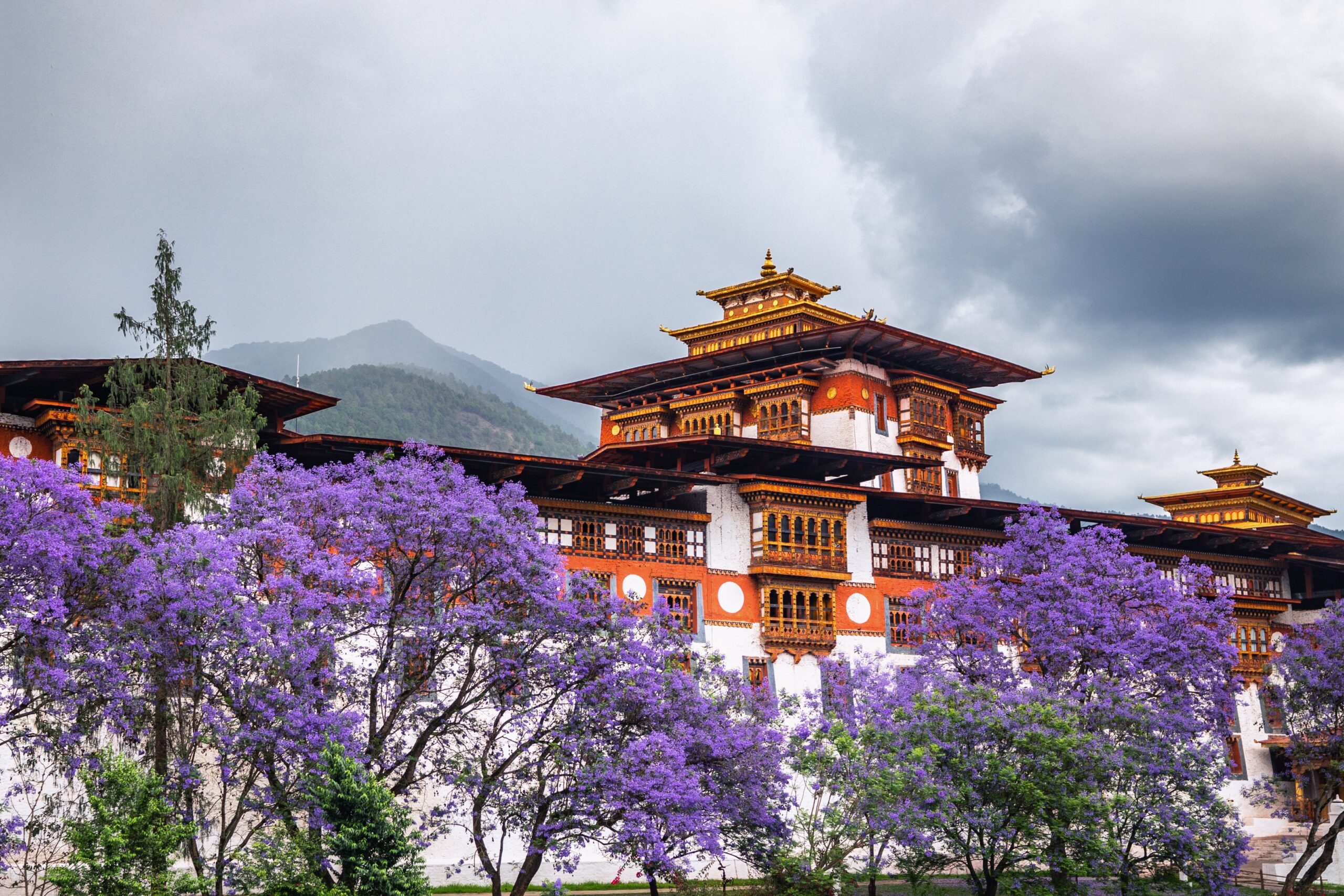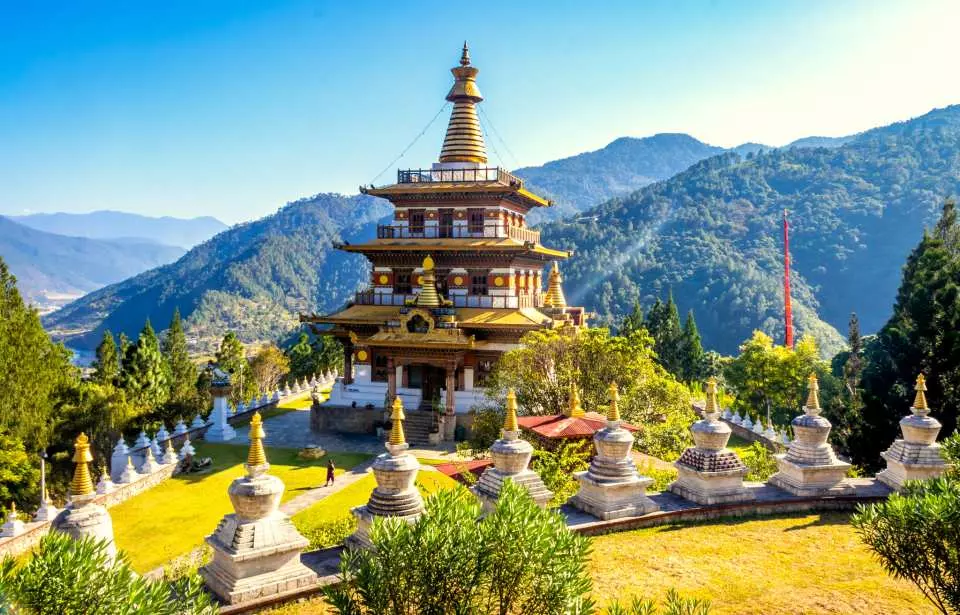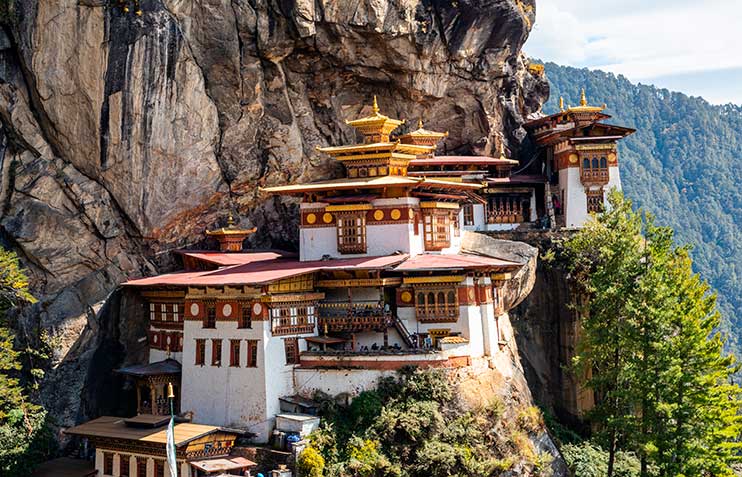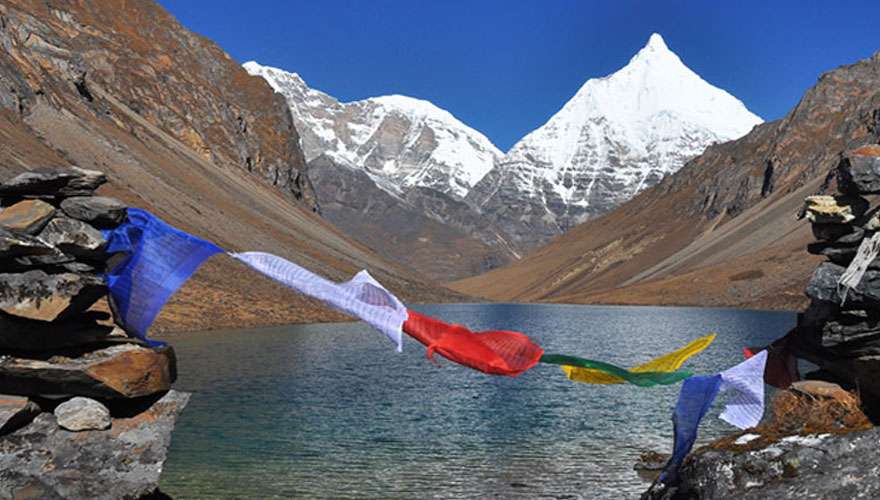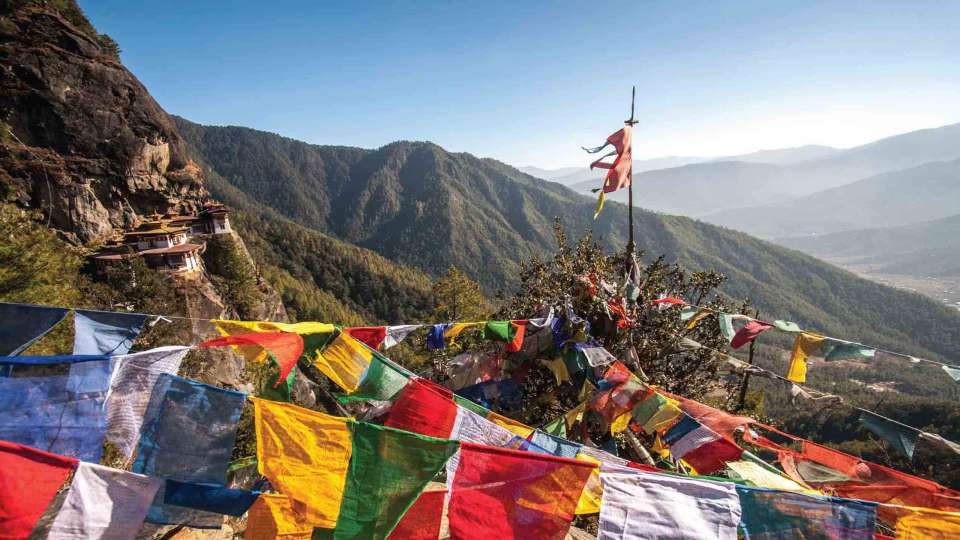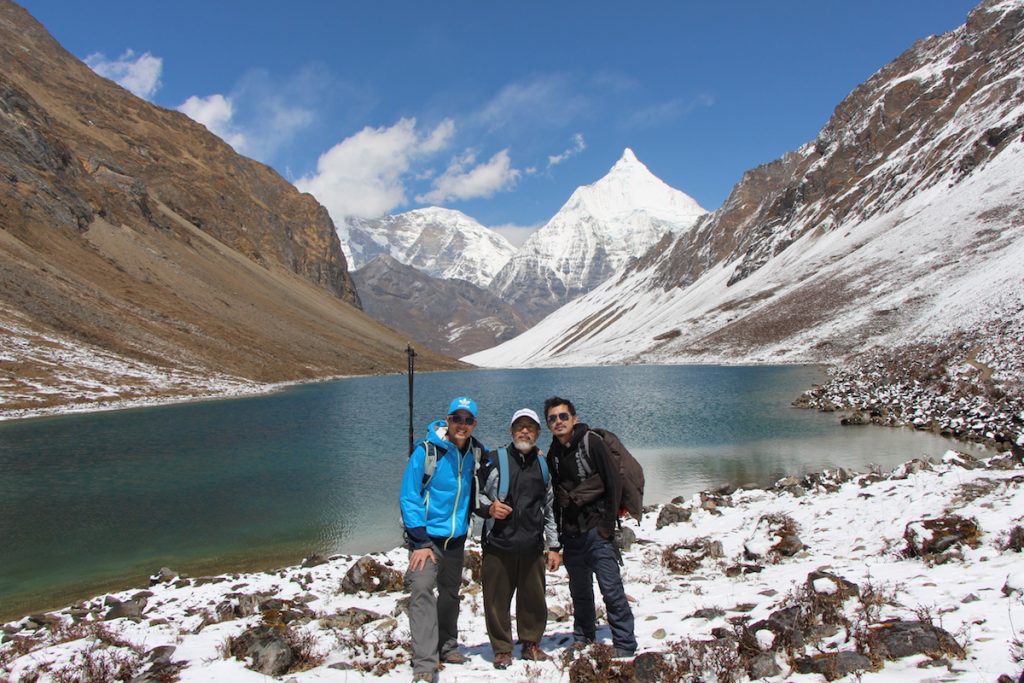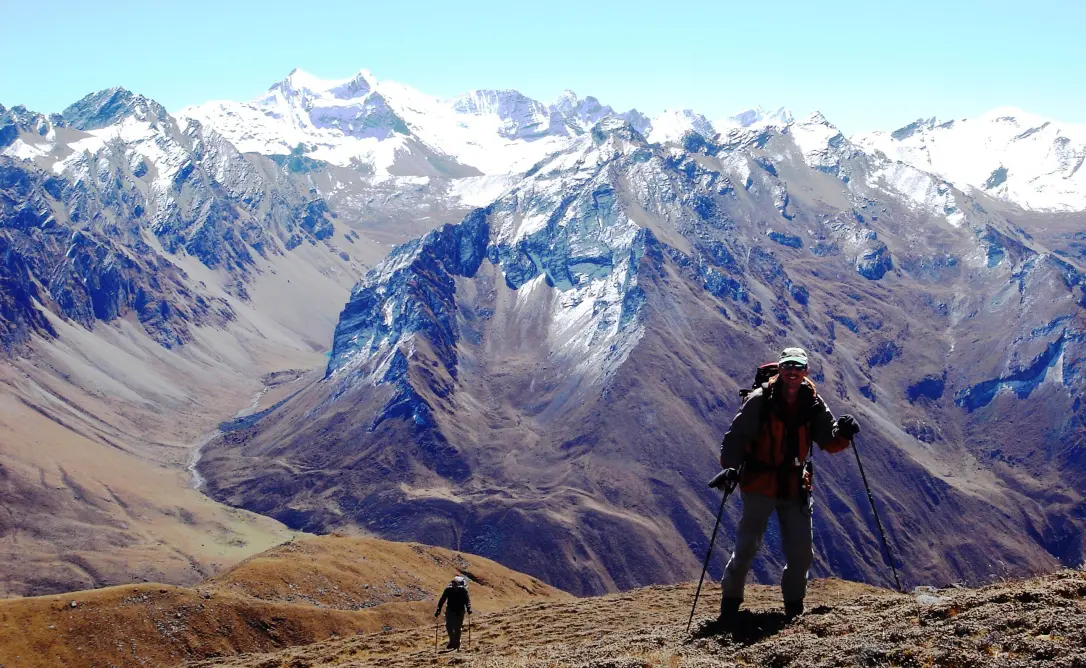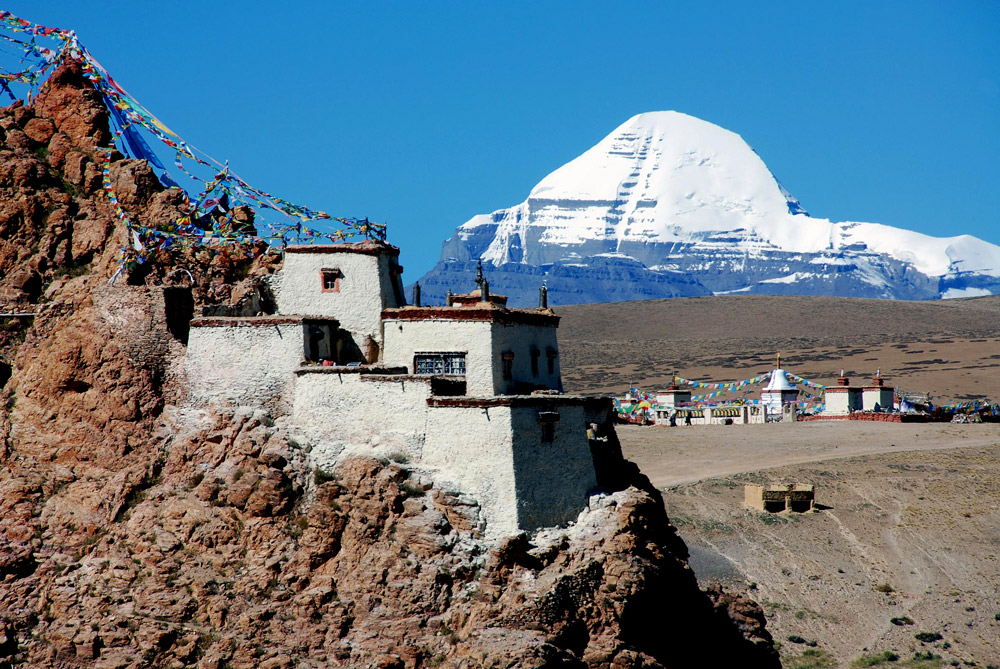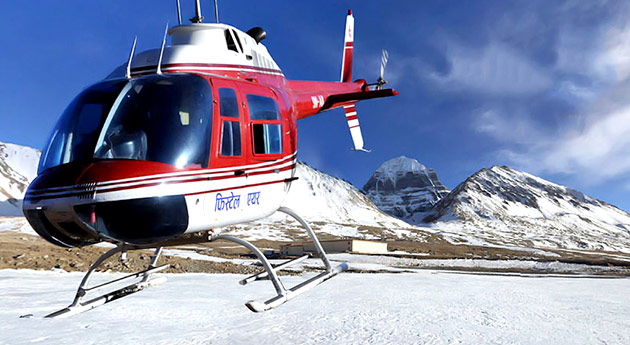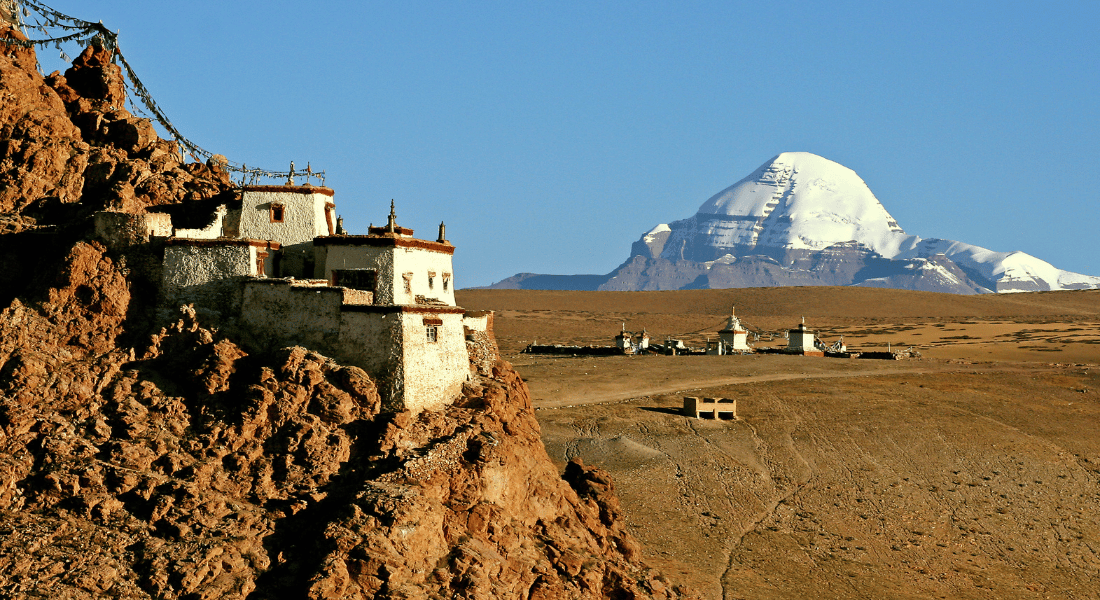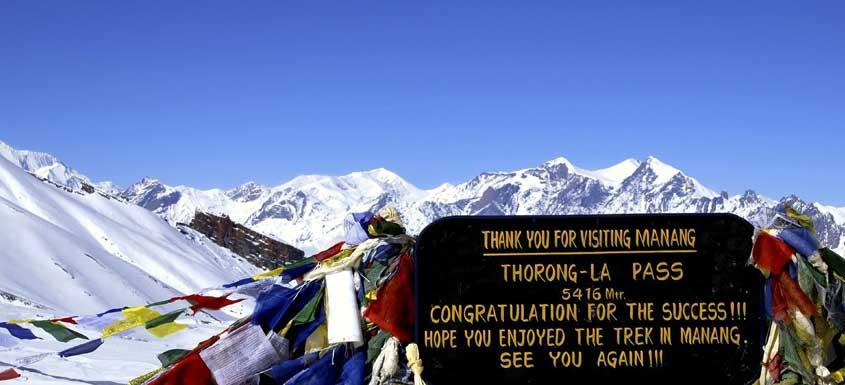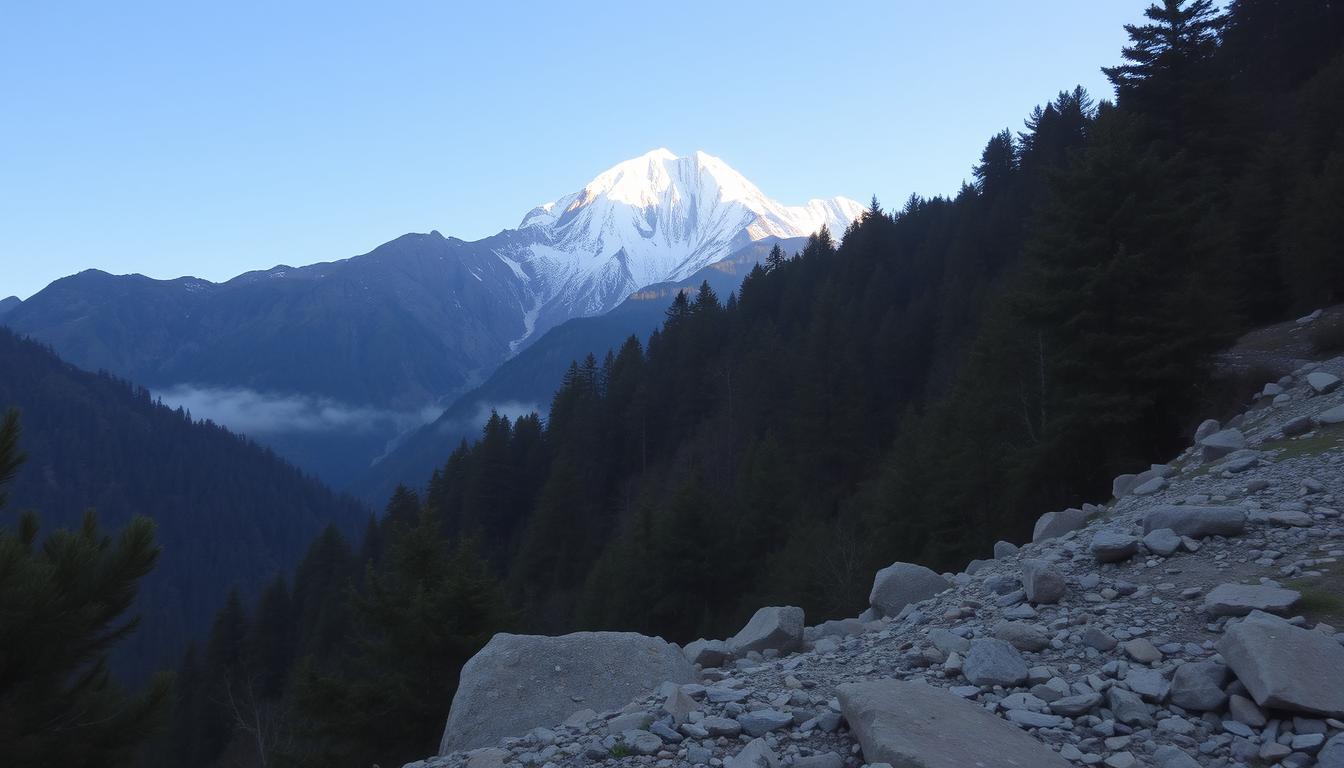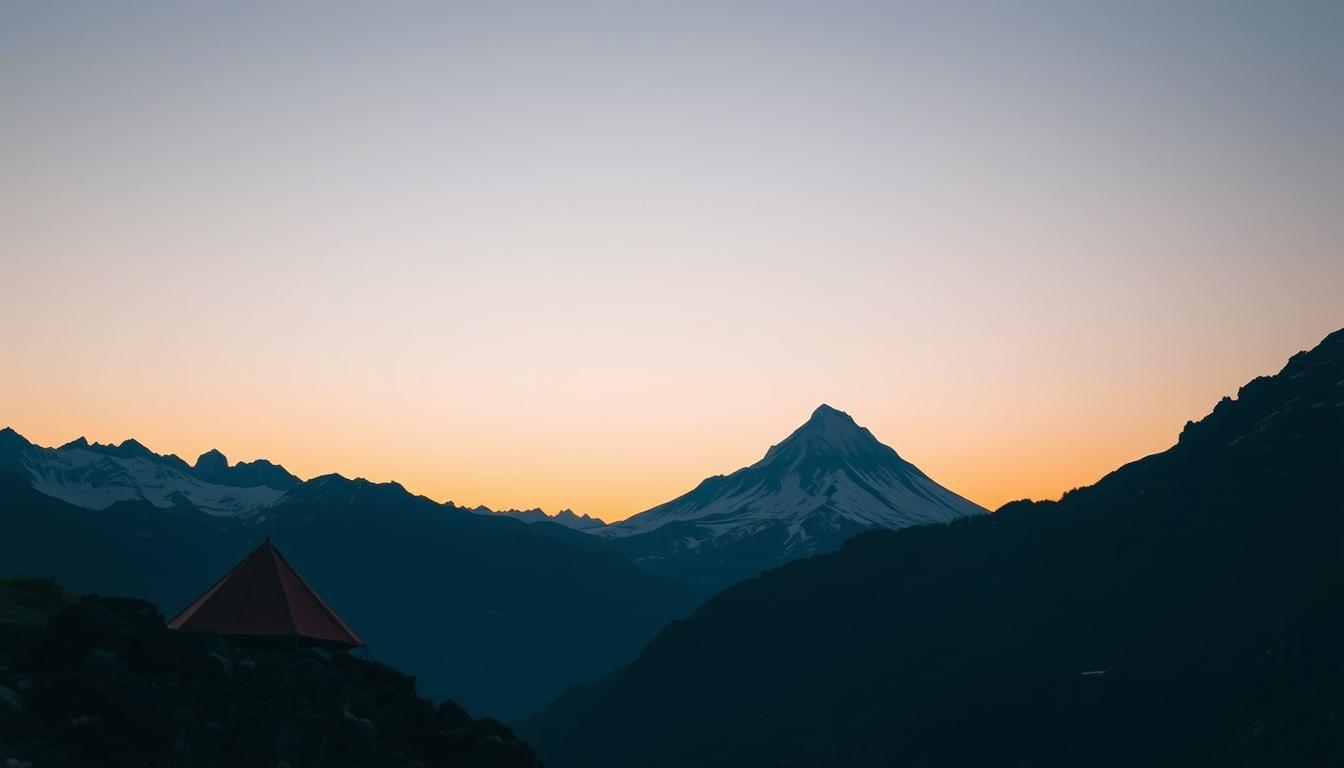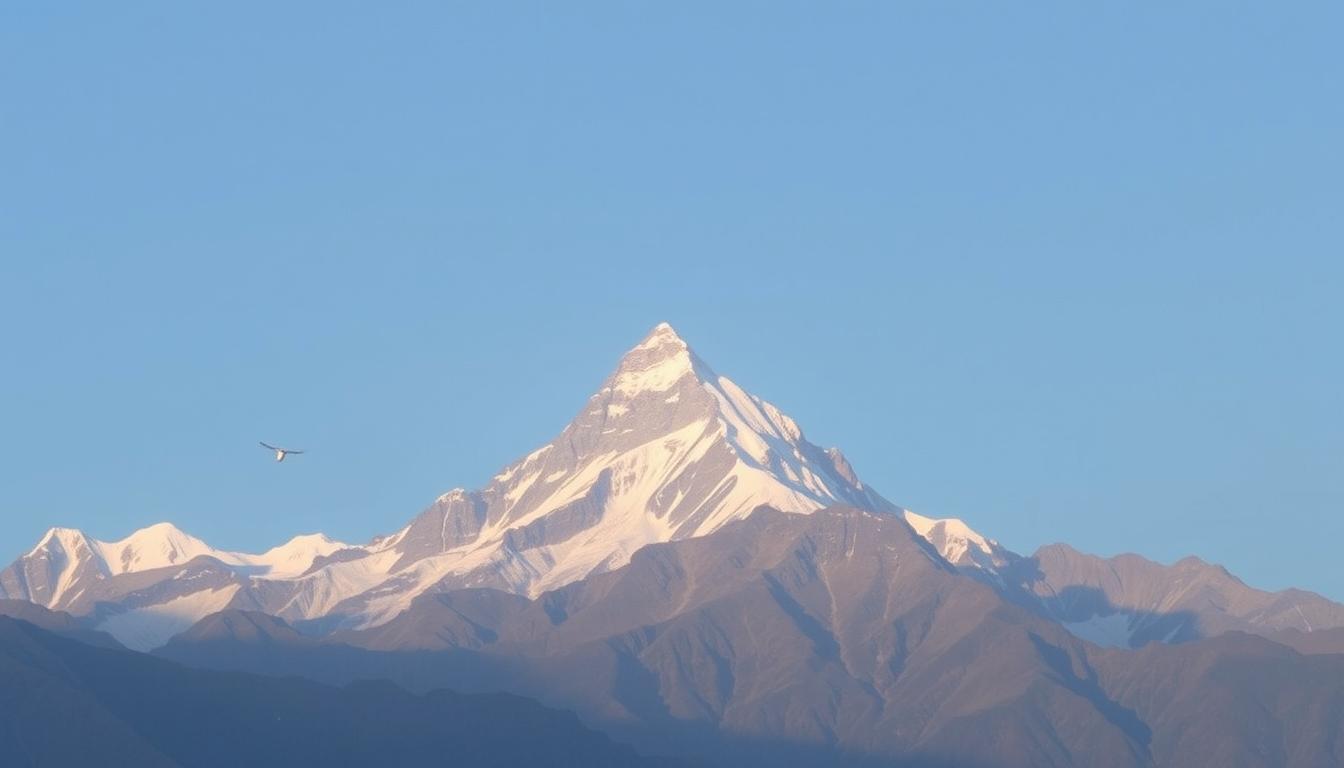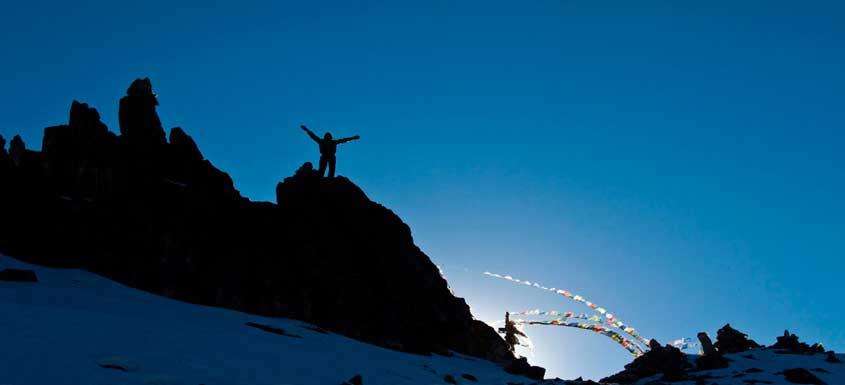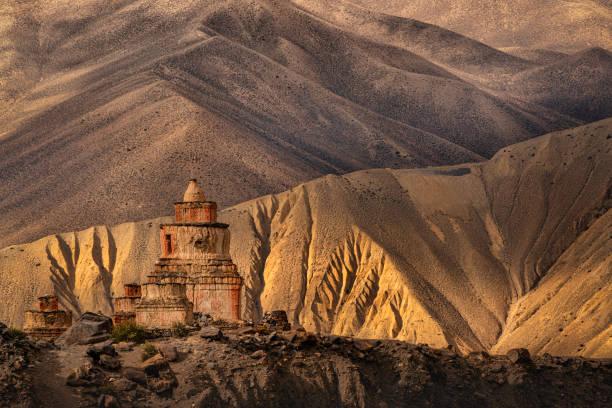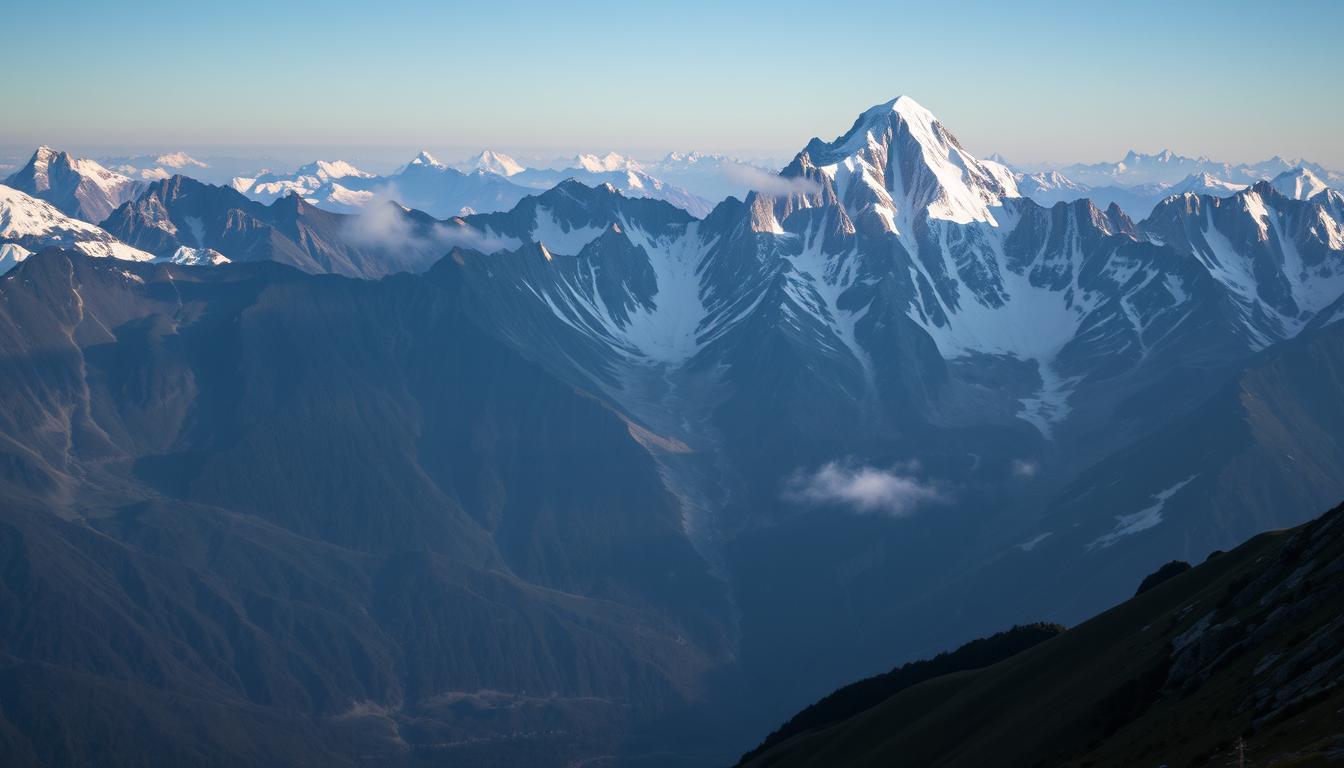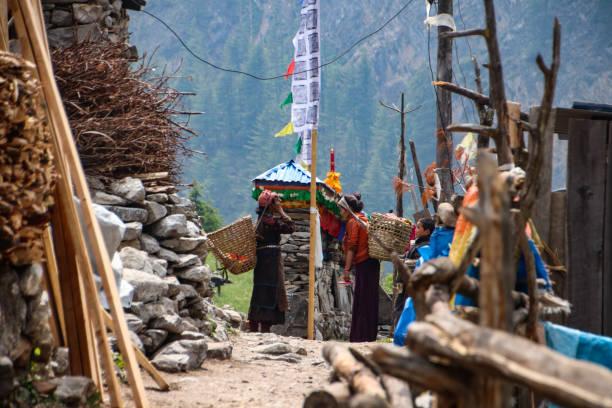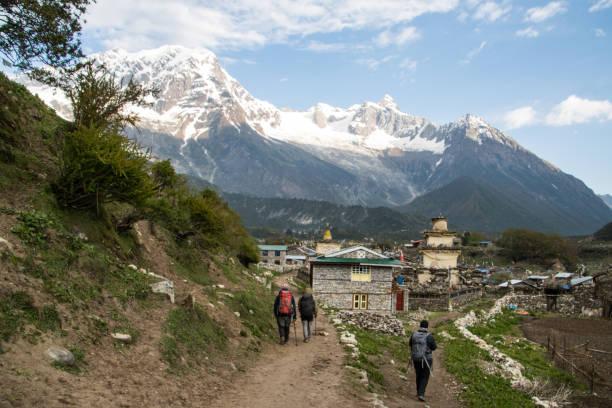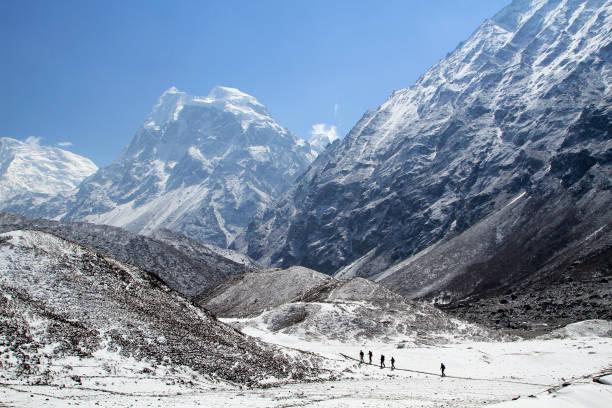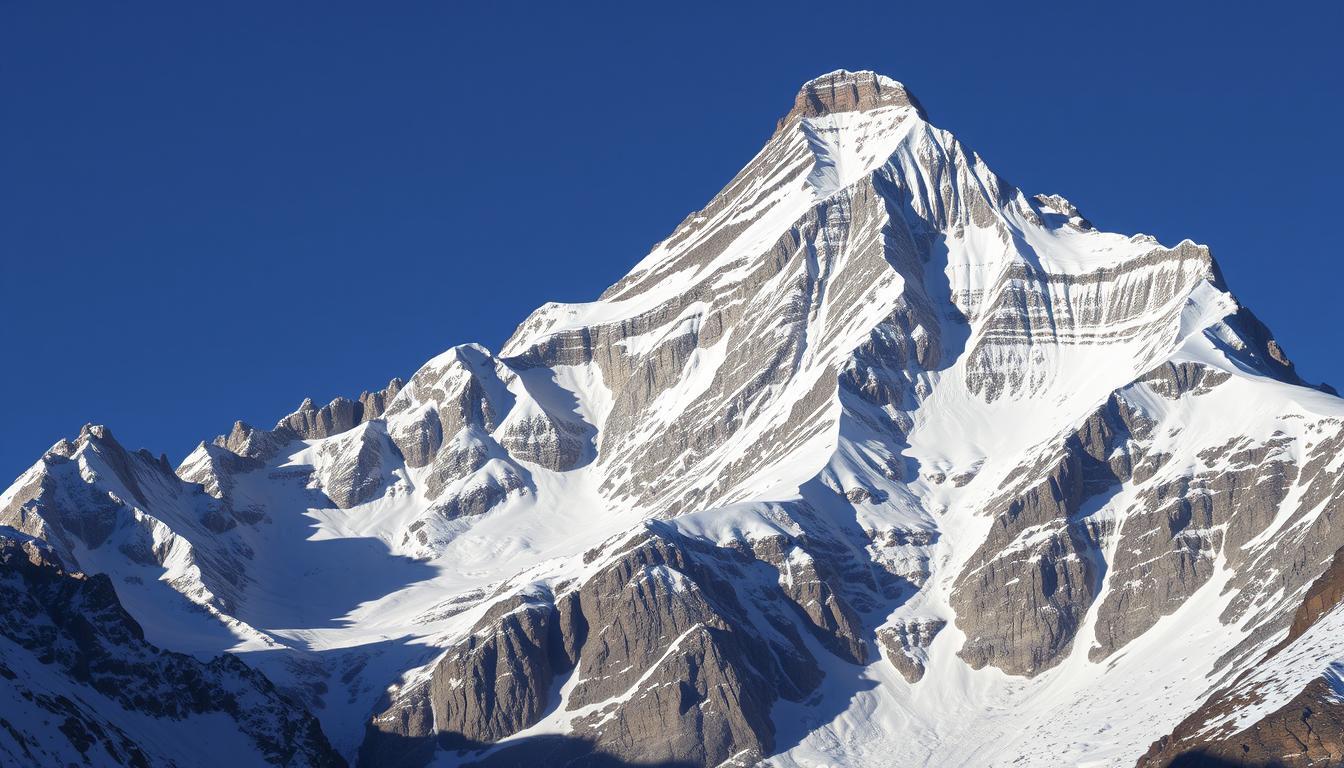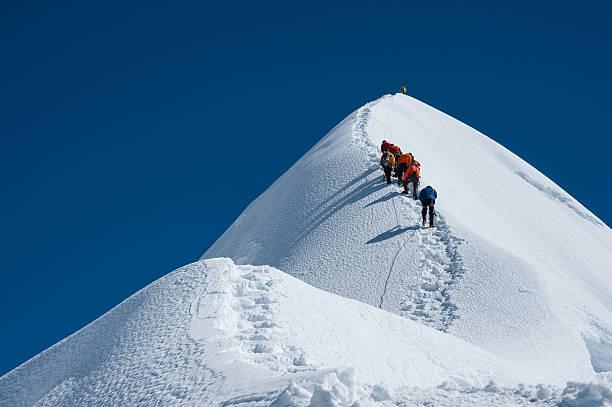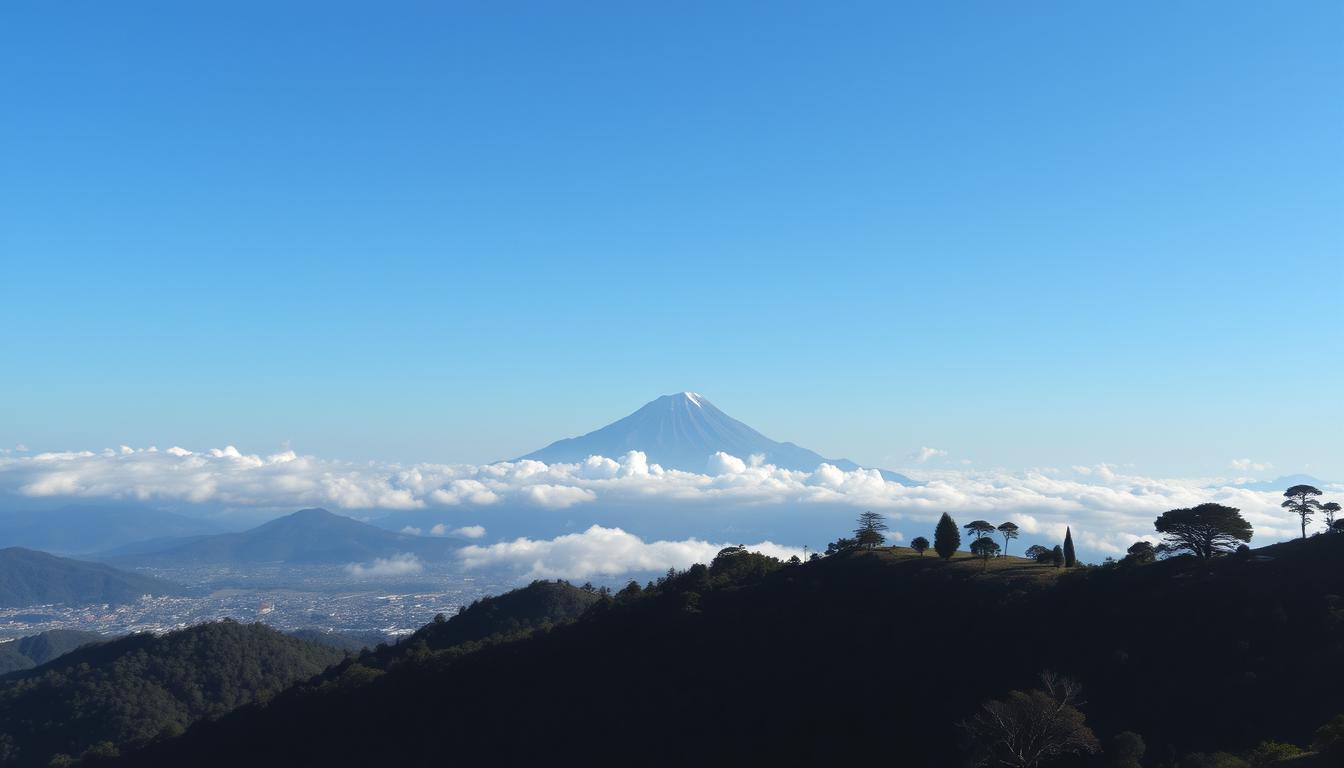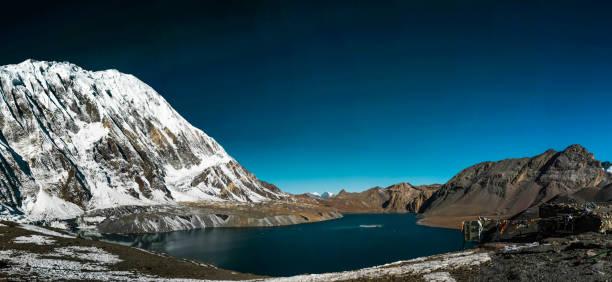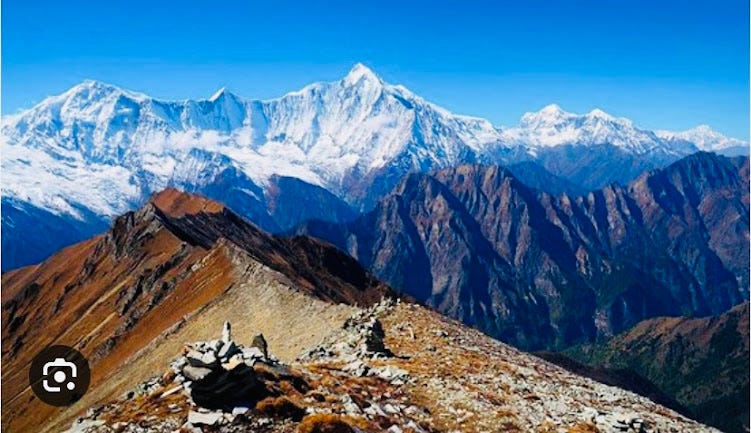Everest Expedition: A Complete Guide to the Ultimate Climb
- Home
- Everest Expedition: A Complete Guide to the Ultimate Climb
Budget
NPR 1000
Per Person
Rating
No review has been posted yet
Duration
45 Days
Trip Overview
Mount Everest, at 8,848.86 meters (29,031.7 feet), is the world’s highest peak and a dream destination for mountaineers worldwide. Successfully summiting Everest is a remarkable feat that requires meticulous preparation, the support of expert Sherpa guides, legal permits, a well-planned itinerary, and specialized equipment. This guide provides a detailed overview to help climbers prepare for this epic adventure.
Location and Overview
Everest lies in the Himalayas, straddling the border between Nepal and the Tibet Autonomous Region of China. The southern approach from Nepal via the Khumbu region is the most popular route due to better infrastructure, acclimatization options, and access to experienced Sherpa guides.
The region is part of the Sagarmatha National Park, a UNESCO World Heritage Site, offering stunning landscapes with towering peaks, glaciers, and rich cultural heritage.
Sherpa Guides: The Backbone of Every Everest Expedition
Book This Trip
Trip Information
 Start : Kathmandu
Start : Kathmandu Finish : Kathmandu
Finish : Kathmandu Difficulty :
Challenging
Difficulty :
Challenging
 Max Altitude : 8848.86m
Max Altitude : 8848.86m Group Size :
Group Size :  Season :
Season :
Trip Gallery
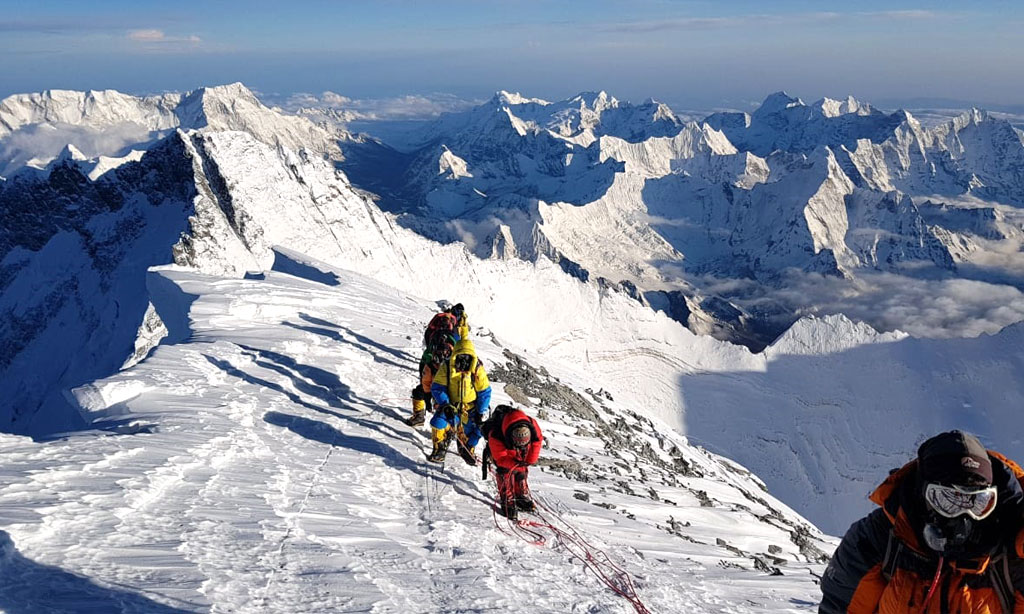
Trip Itinerary
Fly from Kathmandu to Lukla.Trek to Phakding and then to Namche Bazaar (3,440 m), a hub for climbers.
Spend 1-2 days acclimatizing in Namche Bazaar.Trek through Tengboche to Dingboche (4,410 m) with additional acclimatization days.
Trek to Lobuche (4,940 m).Continue to Everest Base Camp to prepare for climbing rotations.
Multiple rotations between Base Camp and Camps 1, 2, and 3 for acclimatization.Sherpas fix ropes and set up camps.
Move to Camp 4 (South Col) at 7,900 m.Make the summit bid, usually starting late night and reaching the top at sunrise.Descend quickly back to Base Camp.
Trek back to Lukla.Fly to Kathmandu for rest and celebrations.
Cost Includes
- Everest climbing permit fees.
- Domestic flights Kathmandu–Lukla–Kathmandu.
- Salaries and insurance for Sherpa guides, porters, and liaison officers.
- Food, accommodation, and camping infrastructure.
- Supplemental oxygen cylinders and masks.
- Waste management and environmental fees.
- Government taxes and administrative costs.
Typical Price Range
Comprehensive Everest expeditions range from USD 35,000 to over 75,000, depending on services and support levels.
- Everest climbing permit fees.
- Domestic flights Kathmandu–Lukla–Kathmandu.
- Salaries and insurance for Sherpa guides, porters, and liaison officers.
- Food, accommodation, and camping infrastructure.
- Supplemental oxygen cylinders and masks.
- Waste management and environmental fees.
- Government taxes and administrative costs.
Typical Price Range
Comprehensive Everest expeditions range from USD 35,000 to over 75,000, depending on services and support levels.
Cost Excludes
- International airfare to/from Nepal.
- Personal climbing gear and clothing.
- Travel insurance covering emergency evacuation.
- Tips for Sherpa guides and support staff.
- Personal expenses such as SIM cards, snacks, and souvenirs.
- Extra oxygen beyond the standard allocation.
- Pre- or post-expedition tours.
- International airfare to/from Nepal.
- Personal climbing gear and clothing.
- Travel insurance covering emergency evacuation.
- Tips for Sherpa guides and support staff.
- Personal expenses such as SIM cards, snacks, and souvenirs.
- Extra oxygen beyond the standard allocation.
- Pre- or post-expedition tours.
Essential Info
Climbing Everest from the Nepal side requires permits issued by the Government of Nepal, which are mandatory to ensure environmental conservation and climber safety.
1. Everest Climbing Permit
- Cost: USD 11,000 per climber during the peak spring season.
- This is the primary permit required for climbing Everest.
- Permits are issued by the Ministry of Tourism, Nepal.
2. Sagarmatha National Park Entry Permit
- Cost: NPR 3,000 (~USD 25).
- Mandatory for all visitors to the Everest region.
3. Khumbu Pasang Lhamu Rural Municipality Permit
- Cost: NPR 2,000 (~USD 15–20).
- Supports local community projects.
Other requirements include expedition registration, mandatory insurance, and hiring of government-approved liaison officers.
Extra Info
Equipment Details: Essential Gear for Everest
Mount Everest’s extreme conditions require specialized equipment to protect climbers from cold, altitude, and technical terrain.
Clothing
Insulated down suit (rated for -40°C or lower).
Multiple layers: moisture-wicking base layers, fleece, softshell, and waterproof outerwear.
Insulated mountaineering boots suitable for crampons.
Heavy gloves and mittens with liners.
Balaclava, neck gaiters, and thermal socks.
Climbing Gear
Helmet to protect against falling ice and rocks.
Harness, carabiners, ascenders, and descenders.
Ice axe and crampons.
Trekking poles for approach treks.
Headlamp with spare batteries.
Glacier goggles with UV protection.
Camping and Safety Equipment
High-altitude sleeping bag rated to -30°C or colder.
Supplemental oxygen system: tanks, masks, and regulators.
Personal first aid kit and medications.
Communication devices (satellite phone or radio).
Personal hygiene supplies suitable for cold conditions.
Trip Date And Time
We'll Be There, Like We've Been There Before
|
Departing |
Finishing |
Trip Price Per Person |
Action |
Enquire |
|---|---|---|---|---|
| No Trip Yet!! | ||||
